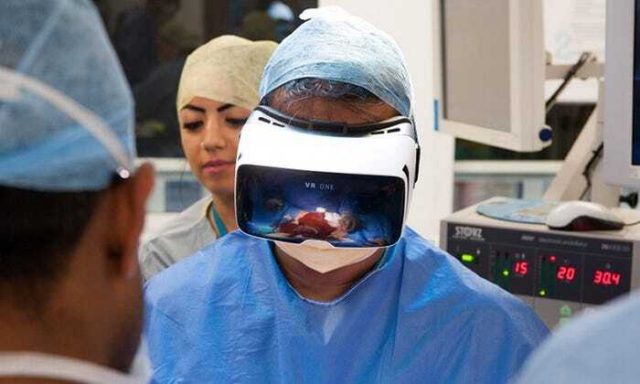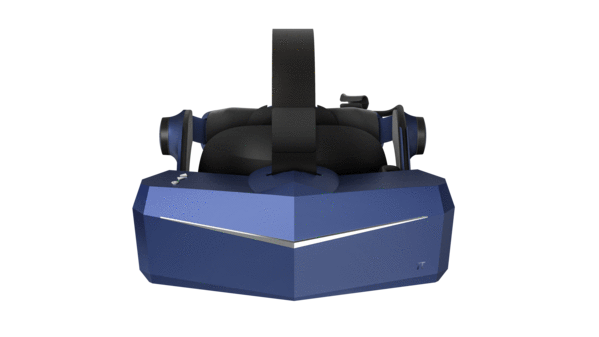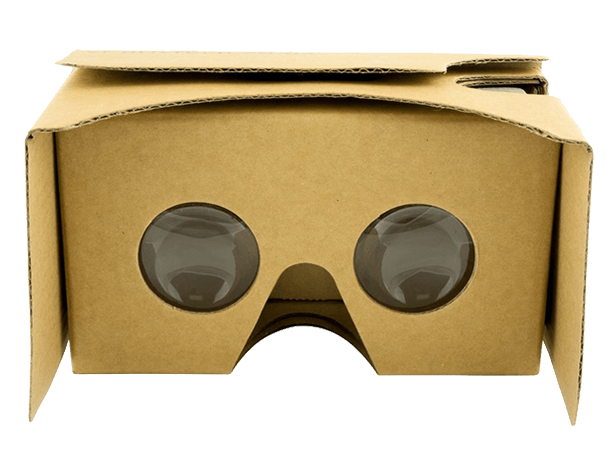Many people would have heard of Augmented Reality (AR), Virtual Reality (VR) and Mixed Reality (MR) in the context of games and entertainment. While those use cases make up a large portion of the market, these technologies are also being applied in a huge variety of industries such as medicine and the military (among many others).
For example, Dr. Shafi Ahmed conducted the first surgery that was broadcasted live in VR. Traditionally, in order to view a surgery that is within such an intimate distance, observers would have to be on-site. However, fledgling surgeons and medical professionals could use this session as an effective training tool while not having to be physically present.
Evidently, VR, AR and MR present an exciting variety of use cases, some of which might not even be realized. In this post, I will share some of the most exciting hardware available for VR, AR and MR.
Virtual Reality (VR) Hardware
List of VR Headsets Considered
- Oculus Rift S
- HTC Vive
- Valve Index
- Pimax Vision 8K X
I have considered a total of 5 factors to determine which of these headsets I would favor.
| Resolution (per eye) | Refresh Rate | Field of View | Mass | Price | |
| Oculus Rift S | 2560 by 1440 (Single Display) | 80Hz | 115º | 500g | $299 |
| Pimax Vision 8K X | 3840 by 2160 | 90Hz | 200º | 500g | $1299 |
| HTC Vive | 1080 by 1200 | 90Hz | 110º | 470g | $499 |
| Valve Index | 1440 by 1600 | Up to 144 Hz | 130 º | 809g | $999 |
The winner: Pimax Vision 8K X
This headset, while being the most costly out of the four, impressed me the most with its enthusiast-grade specs. It provides a whopping 200º field of view (a human’s field of view is 210 º ). It also provides the highest resolution of 3840 by 2160. This two factors would contribute to Pimax Vision 8K X providing a greater level of immersion to the user. This headset is also compatible with SteamVR and Oculus software, meaning that it will have an access to a large amount of VR content. The weight is also relatively low at 500g which means that extended usage will not cause as much physical strain as the Valve Index (the heaviest among those mentioned).
Unfortunately, a VR headset with such impressive specs would require an equally impressive computer to support it. According to the specifications, it requires an RTX 2080 to run at native mode, which would set the user back by a further US$699. However, a user buying an enthusiast-grade VR headset would likely already have an enthusiast-grade desktop to support it.
Honorable Mention: Google Cardboard
While not on the list, I think the Google Cardboard deserves a mention. Compared to the Pimax 8K X, it seemingly lies on the other end of the spectrum, completely relying on the attached phone’s hardware (as it does not have any on its own).
While it is a far-cry from the aforementioned headsets in terms of specs and UI/UX-wise, it can be a good starting point for users who want to try out VR without having to spend anything.
Augmented Reality (AR) and Mixed Reality (MR) Hardware
List of AR/MR Hardware Considered
- Microsoft HoloLens 2 – $3500
- Epson Moverio BT-350 – $1099
- Google Glass Enterprise Edition 2 – $999
| Resolution | Field of View | Price | ||
| Microsoft HoloLens 2 | 2048 by 1080 | 52° | $3500 | |
| Epson Moverio BT-350 | 1280 by 720 | 23° | $1099 | |
| Google Glass Enterprise Edition 2 | 640 by 360 | 83° | $999 |
The winner: Microsoft HoloLens 2
For this category, I had a hard time deciding which AR/MR headset was the best. Checking out each of their specifications, the headset with the higher price tag had a higher screen resolution, but not necessarily a higher field of view.

Most of these AR headsets are for commercial use, and one big advantage of the Microsoft HoloLens 2 is its powerful analytics tools which make use of AI and the excellent UI/UX. Furthermore, it uses Microsoft’s own Azure Cloud, which is an open-source network that will allow developers to come up with their own frameworks to suit their needs.
Honorable Mention: Apple AR
While Apple does not have a device specifically made for AR, it has pushed AR technologies onto its mobile devices, creating the biggest AR platform with hundreds of millions of devices. This is good news for people who already have an iPhone or an iPad as they need not splurge a thousand dollars just to experience AR.

For developers, Apple even provides frameworks which developers can use to create their own AR/MR applications easily.



